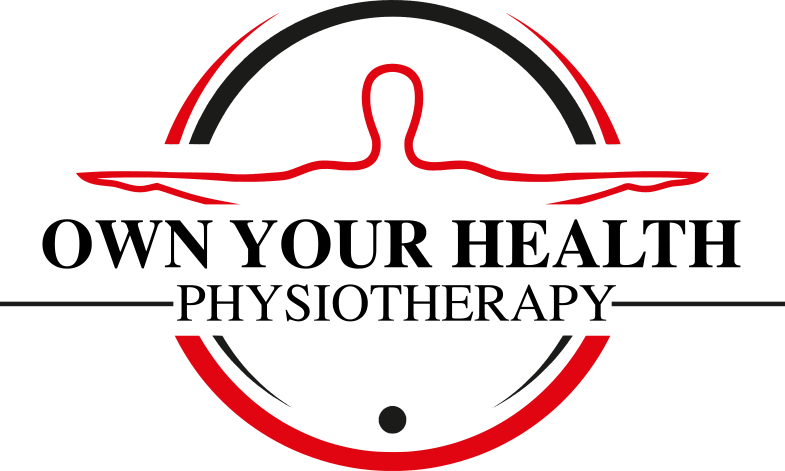Chains, Biceps, and Winter Drives: Chronic stretching part 2
In our previous post we mentioned the different reasons muscles may feel tight: stretched, or short. We also implied that applying the wrong intervention may cause you to overlook the root cause of your tension, leading to future problems. In this post you will learn how to identify the two types of shortened muscles, and what to do with this information.
First, adaptively shortened muscles. These muscles can be thought of as a chain… which is missing some links. In other words, the maximum length of the muscle has been reduced. This happens when muscles go too long without reaching their full, functional length. For example, if over the course of a year you were to never get out of a wheel chair, some muscles around your hips would adaptively shorten. In this scenario you would be unable to stand up straight - at least so long as your muscles remained shortened. Unfortunately, once muscles have become adaptively shortened it can be difficult to regain the lost length. Research suggests it takes sustained (18+ minutes), aggressive stretching in order to add length to an adaptively shortened muscle. And, this requires tissue remodeling which, like most good things, takes time. In other words, in the scenario mentioned above, it would take weeks of this aggressive stretching before any change would be appreciable.
On the other hand, neurologically shortened muscles can respond rapidly. Thinking of these muscles as a chain isn’t as helpful - they aren’t missing any links. Instead, I think of them as a light-bulb with nerve input acting as the electricity and tension acting like the brightness of the bulb (learn more here). This muscle tension can, to a degree be consciously controlled. For example, flex your biceps muscle - but only a little bit; then, flex it harder. In this instance, you are consciously choosing to increase or decrease muscle tone. But muscle tone can also be adjusted unconsciously. For example, if you sit with your legs hanging freely, and someone gently taps the ligament/tendon below your kneecap, muscles in your thigh will become tight and your leg will kick out. Or, have you ever been stressed, perhaps while driving through a winter storm, and noticed muscles pulling your shoulders up towards your ears? In both of these cases, you wouldn’t be consciously choosing to make the muscles tight, but they were.
In the previous post I mentioned stretching the IT-Band as an example of kicking the can down the road. In most cases, a tight IT-Band would be more accurately labeled a neurologically shortened IT-Band. And this is where it gets important. Chronically neurologically shortened muscles are typically a symptom - and not the root cause of dysfunction. But more on that next week.
If you find yourself stretching the same muscles again, and again… and again and want to find a solution to the problem as opposed to continually address a symptom, I encourage you to give us a call. Or, if you don’t want to wait until next week to learn more, we’d be happy to connect via text, email, or a phone call and discuss in detail. Either way, our contact info is below and we’d love to hear from you!



